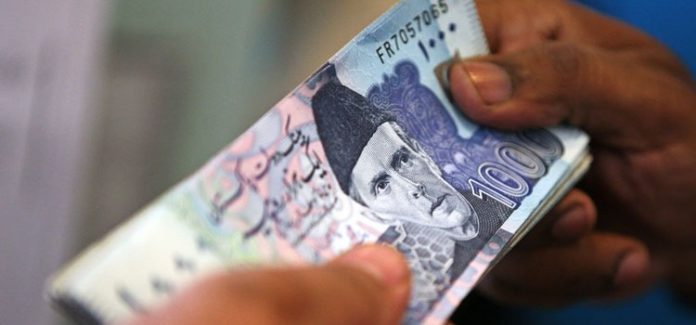Pakistan’s economic growth in the current fiscal year is likely to hit a nine-year low, dipping to almost 2.9 per cent, a report of Economic Intelligence Unit has predicted, adding that looming balance of payment crisis, cut in development expenses, monetary tightening and depreciation in the local currency would slow down domestic consumption and investment.
“We believe that the government’s efforts to address the country’s looming balance-of-payments crisis will have a dampening effect on economic expansion,” the report stated. “We expect real GDP growth to average around 2.9pc in 2018/19 – 2022/23. The IMF will prompt the government to cut planned development and social spending significantly, exerting a drag on GDP growth.”
The report expects growth in both private and government consumption to slow down. The introduction of tight government controls on imports would curb investment growth in 2018/19-2020/21, as it would become harder to import goods into the country. However, growth should pick up after 2022 as Pakistan’s IMF program would come to an end.
The report predicts that inflation would pick up due to the anticipated weakening of the local currency.
“We expect inflationary pressures, fuelled by the increase in gas and electricity prices, likely to be mandated under the IMF’s rescue plan,” the report said. “We expect the SBP to respond with a sharp tightening of monetary policy in order to counter inflationary pressures, particularly in the first half of the forecast period. Overall, we predict annual consumer price inflation to average around 7.3pc during the 2019-23 period.”
On exchange rate, the unit said that on November 30, the rupee lost 4.3pc of its value against the US dollar. The rupee’s fall was the latest in a series of step depreciations that began in December 2017.
“The SBP operates a heavily managed exchange-rate regime. Given the rapid widening of the current account deficit, this has provided a greater degree of control than would be the case under a floating exchange rate system. Nevertheless, we anticipate further devaluation of the Pakistani rupee and expect the exchange rate to average around Rs139.9 in 2019. The local currency is likely to continue on this depreciatory trajectory throughout the forecast period, with the exchange rate expected to average PRs142.4 in 2020-23,” it added.
The IMF package, coupled with lending from other bilateral donors, is likely to stabilise Pakistan’s external sector, the report said, adding that exports will be boosted by robust external demand and the weakening of the Pakistani Rupee.
“Further support to the external accounts will come from strong remittance inflows. We expect the government controls to slow import growth, particularly in the first half of the forecast period. However, with demand for oil imports being largely inelastic, the expected depreciation in the local currency and an elevated level of oil prices in 2019-23 will lead to a swelling of the oil import bill. Overall, we expect the current-account deficit to average the equivalent of 3.7pc of GDP in 2019-23, as compared with the estimated average of 5.4pc in 2017-18,” the report concluded.




